When you see images of homes that feature window boxes overflowing with color, herbs and bees and butterfly-friendly plants, doesn’t it make you want to create a little garden under your window?
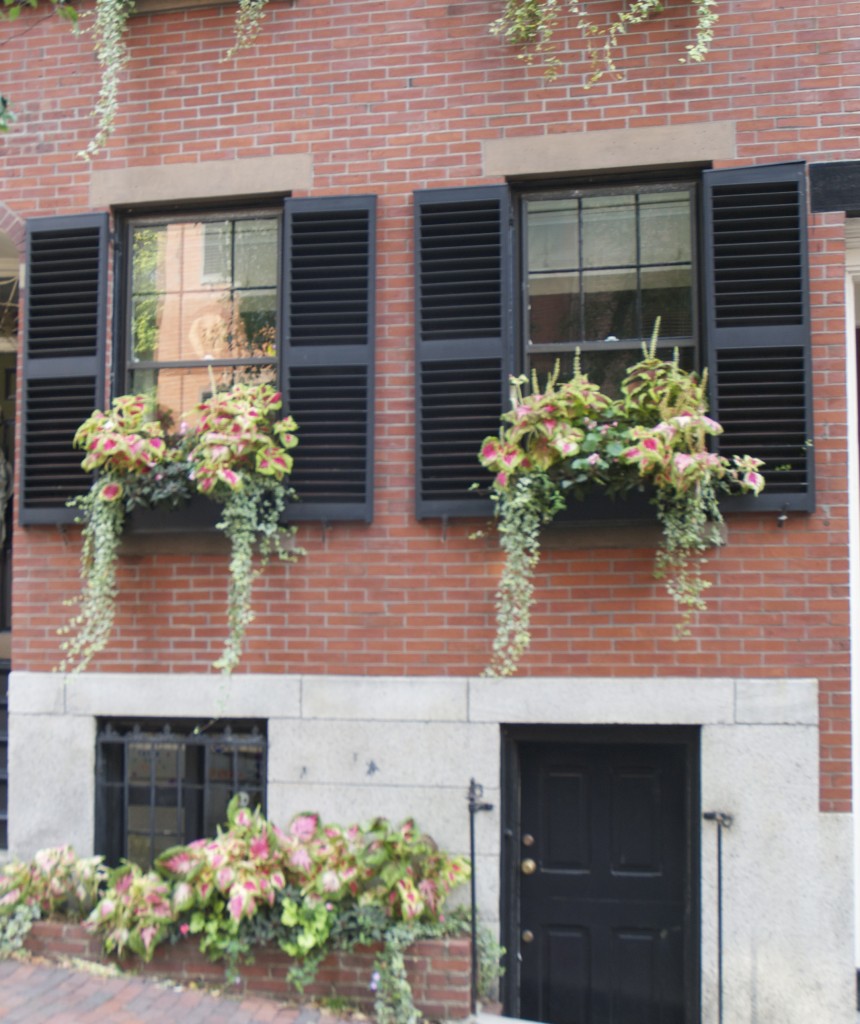
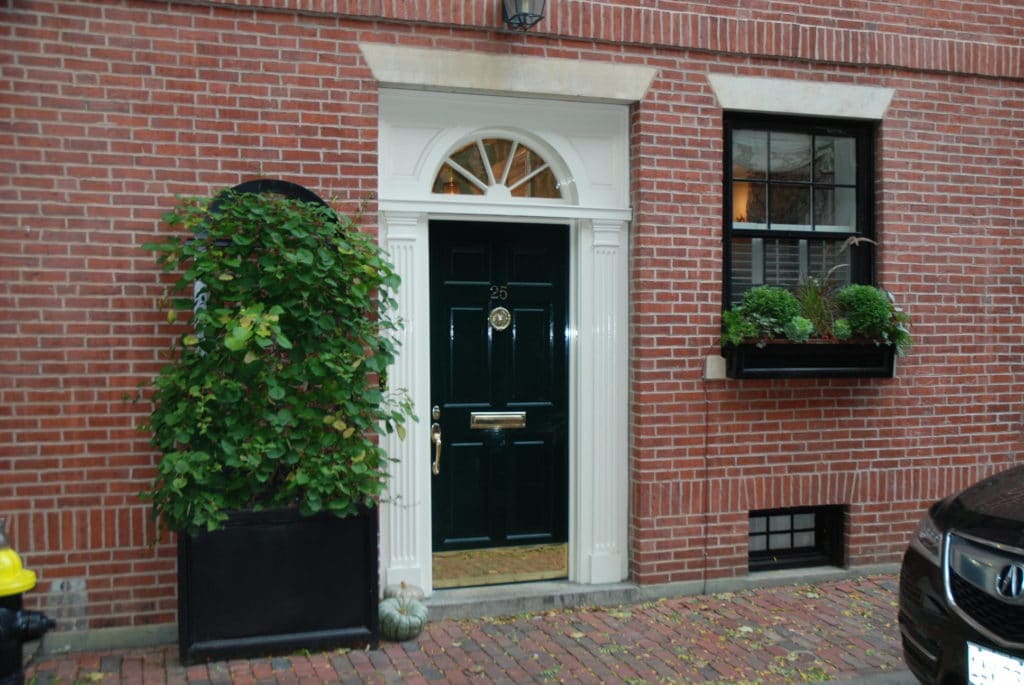
During an East Coast trip, Brent was walking the streets of Boston’s Beacon Hill neighborhood and.. looked up. He noticed them near doorways as well: window boxes overflowing with color, herbs, and seasonal gourds. Beacon Hill is famous for the flower boxes gracing the windows of most homes. Their legacy comes from a time when homes were built on the edge of the street and there was little area to garden. In the late nineteenth and early twentieth century, most homes had a central courtyard where there might have been an outhouse, wood shed and animals, so the logical place to grow a small kitchen garden would be in planter boxes hung just outside the window in order to save space.
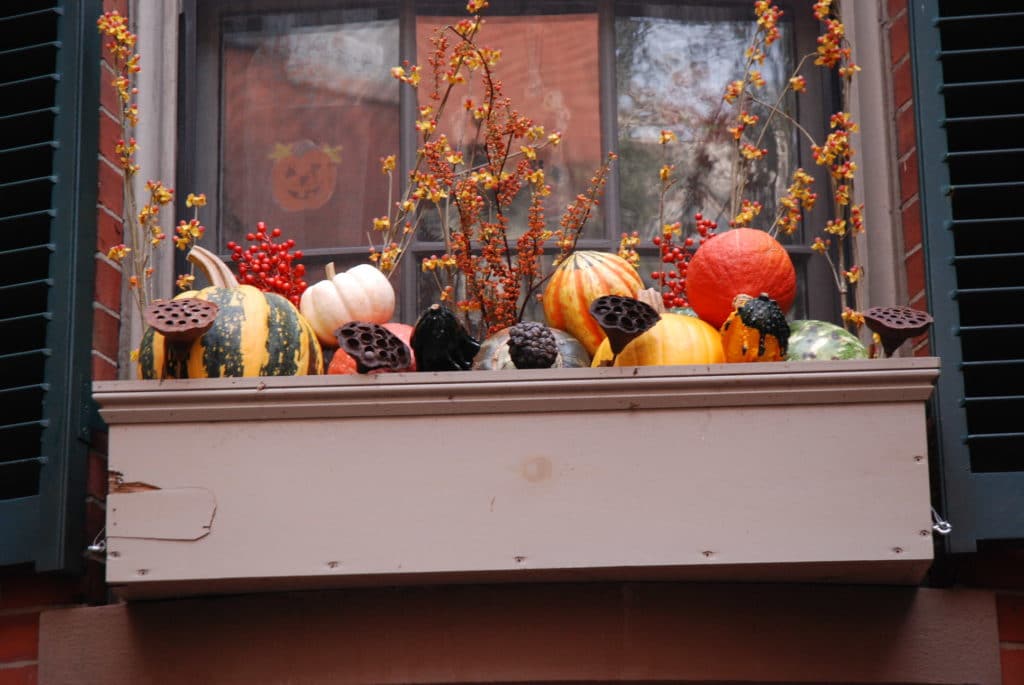
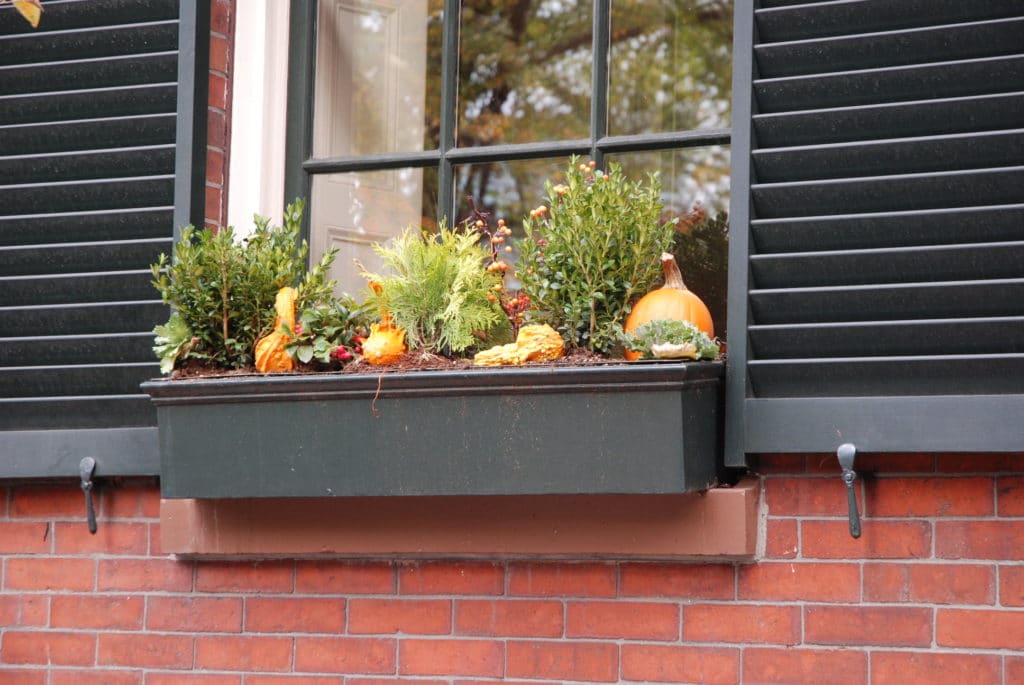
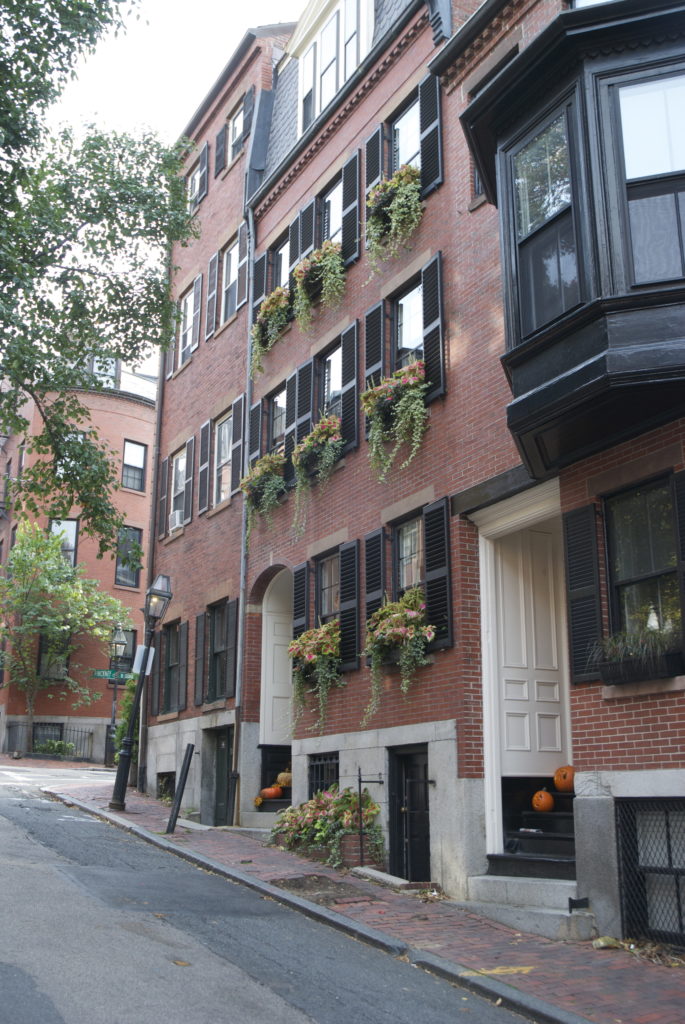
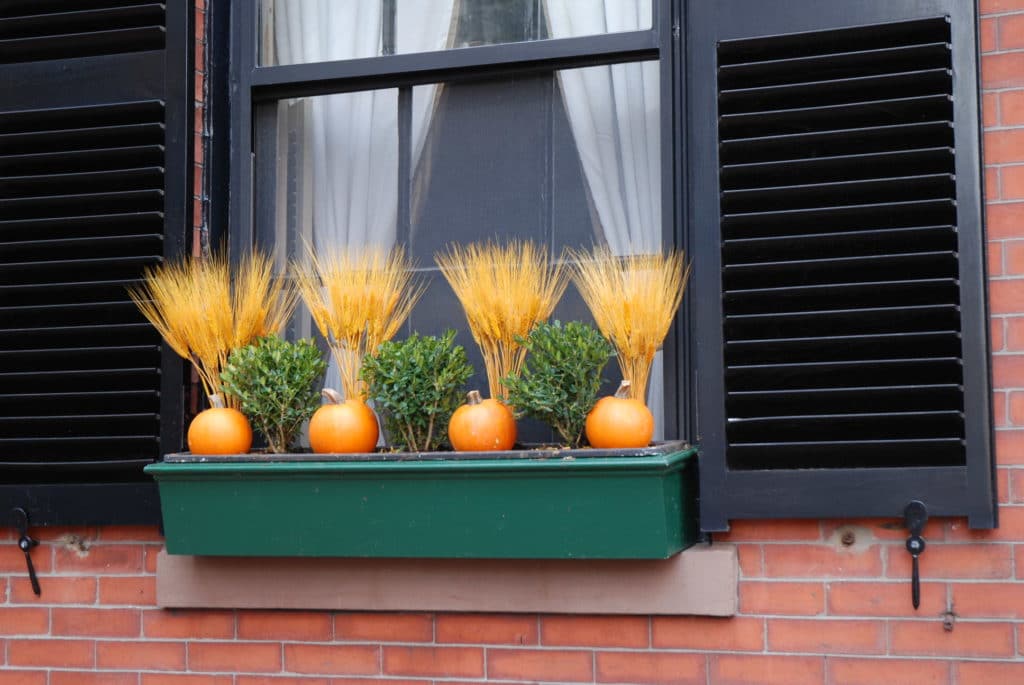
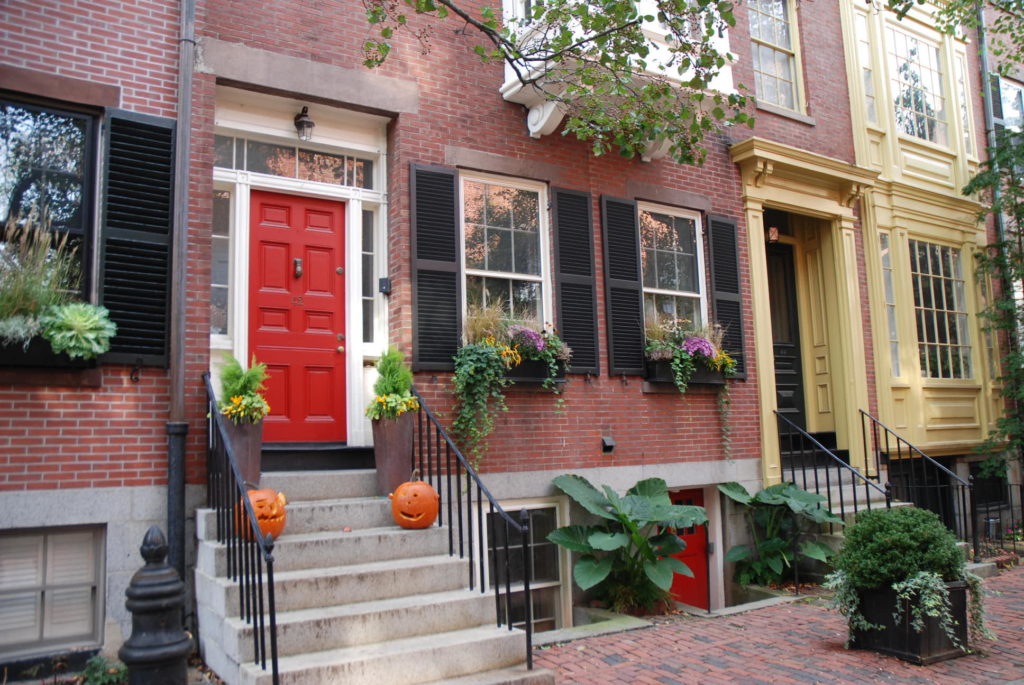
Window boxes have a long history beginning in Europe and then traveling to America with the early settlers. Terra cotta planter boxes date back to early Rome where it was common practice to cultivate cottage gardens for food, medicine and religious uses. Eventually window boxes were planted with decorative flowers.
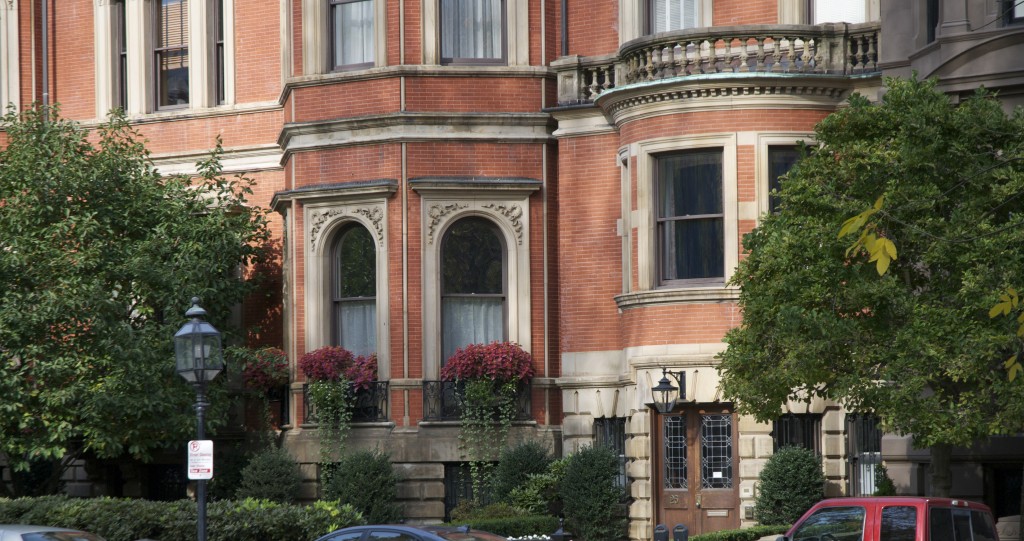
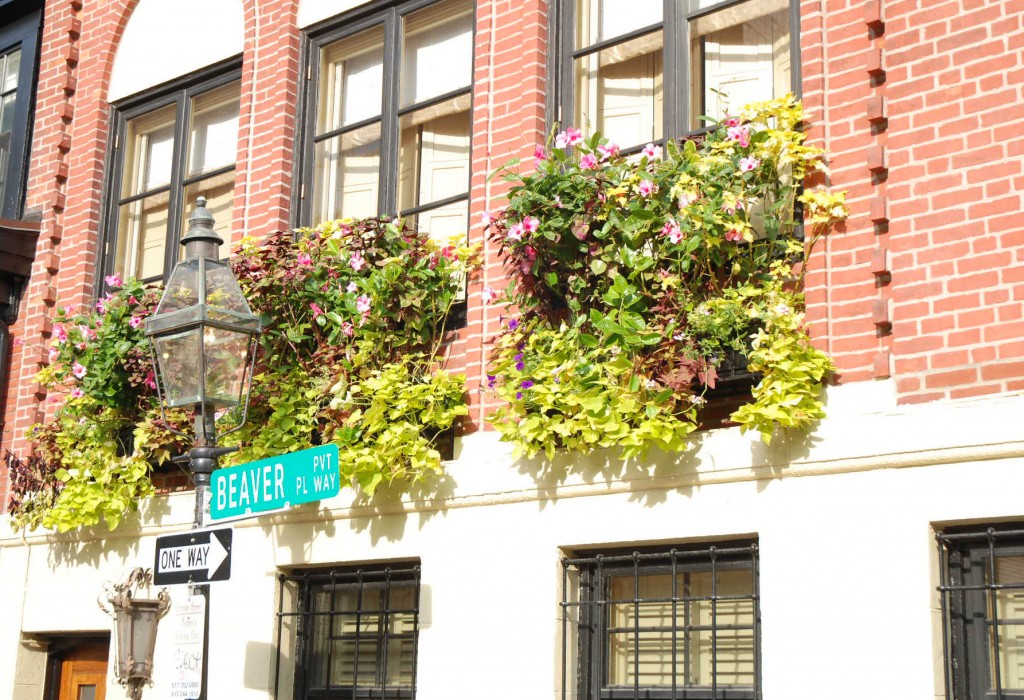
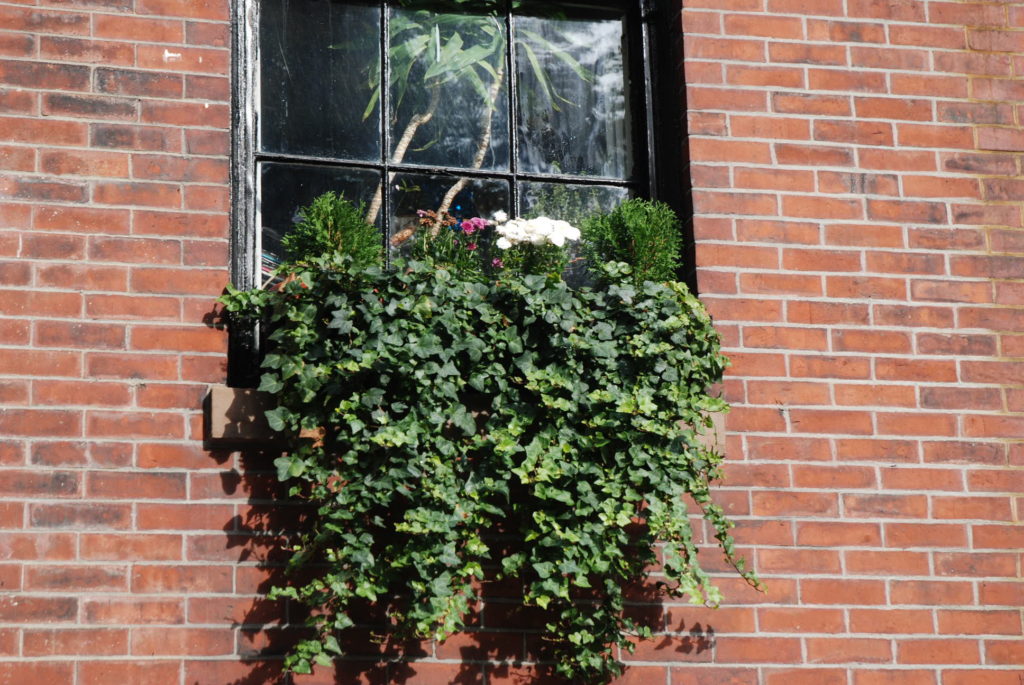
Historically, planters placed below the window have been made from wire hay frames, wrought iron, wood and terra cotta. And that brings us to Eye of the Day’s Italian terracotta clay window box or “Cassetta Balcone.” These sturdy window boxes, made from Galestro clay by Terracotte San Rocco, are available in five sizes and can be used as regular rectangular planters, placed on the ground, but WHY NOT use them as the Beacon Hill Brahmins and hang them beneath your windows, filled with succulents, herbs, and vegetables?
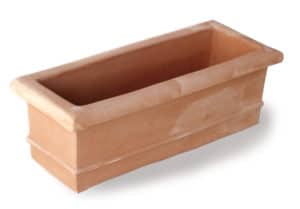
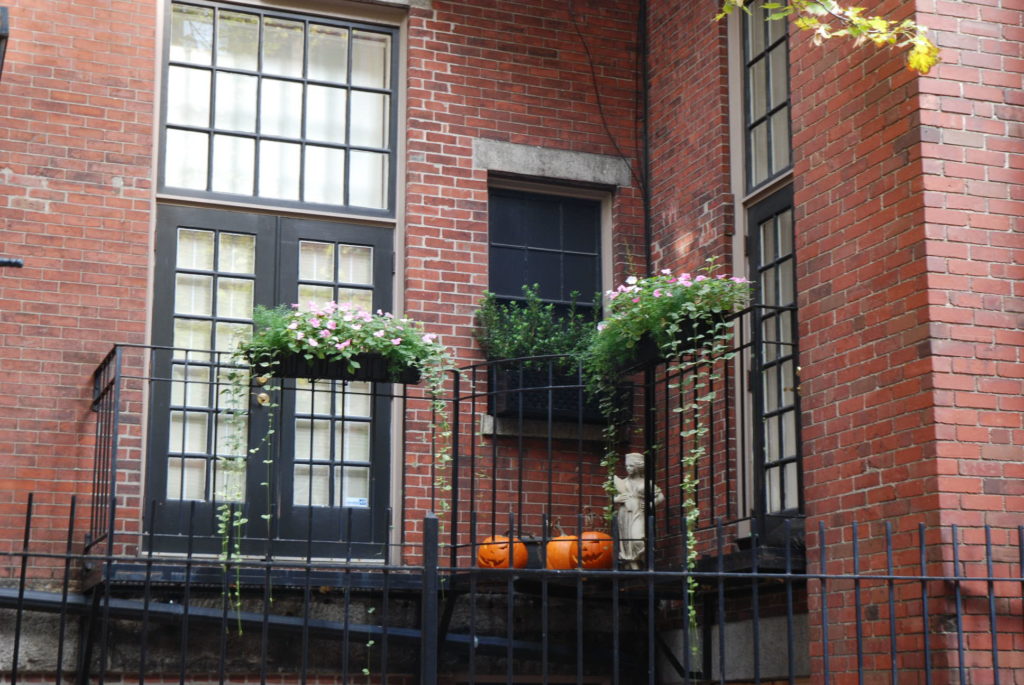
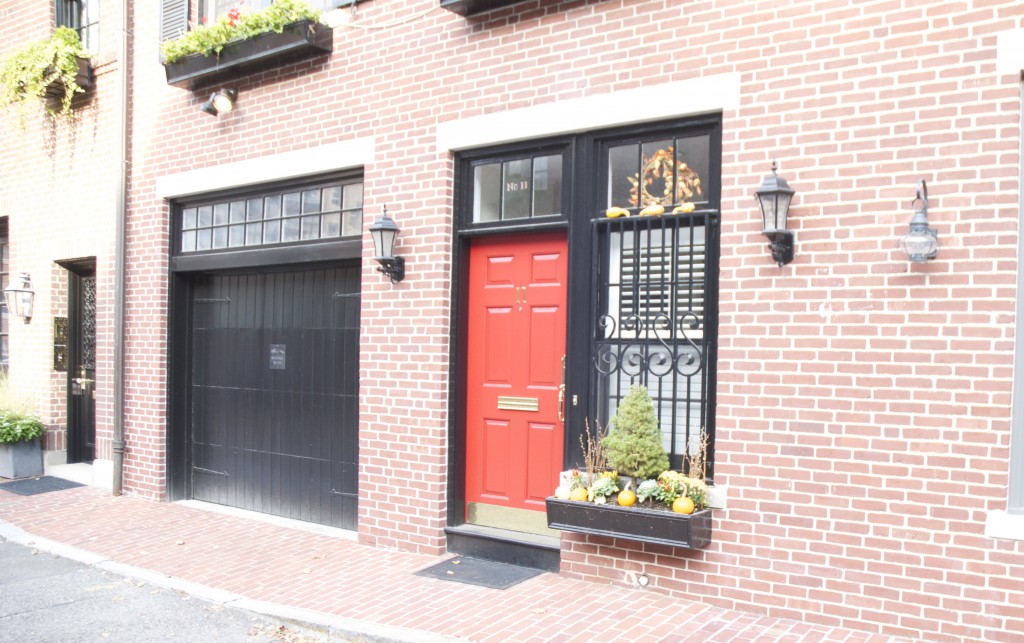






Leave a Reply